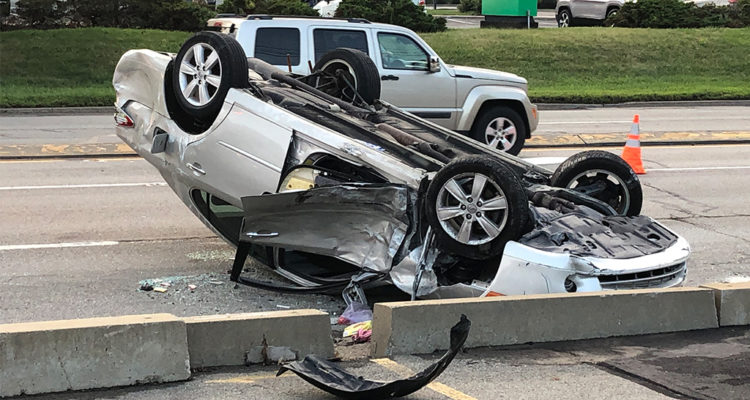Anything can happen on the road. Most drivers don’t want to think about it, but an average of 6 million car accidents occur within the U.S. each year. But that’s why you have car insurance—to ensure you have financial coverage for medical expenses and car damage—and you expect that other drives have the same. But what happens if you get into a car accident with someone who doesn’t have auto insurance? Will you have to pay for any expenses out of pocket?
These circumstances are why uninsured/underinsured motorist coverage exists. As an insurance policyholder, you can include in your plan a safeguard that accounts for those on the road who don’t follow the law and have the minimum required insurance.

Uninsured Motorist Coverage: Who Needs It?
About half the states in the country require motorists to have uninsured motorist coverage and have set minimums. In other states, insurance providers legally have to make this form of insurance available, but drivers can choose not to include it in their car insurance policy. You can click here to learn more about the uninsured motorist coverage requirements for your state.
The 4 Types of Uninsured Motorist Coverage
Uninsured motorist coverage comes into play if an uninsured or underinsured driver causes a collision with a policyholder. Typically, the other driver’s insurance would pay for your car repairs and medical bills. If they don’t, having uninsured/underinsured motorist coverage on your insurance plan will protect you from paying these expenses out of your own pocket. This form of coverage essentially covers the gap between the costs created by the accident and what the at-fault driver can pay.
Under the umbrella of uninsured motorist insurance, there are four distinct types of coverage:
● Uninsured Motorist Bodily Injury (UMBI)– Covers injury-related expenses for the policyholder and their passengers. On top of medical expenses, some UMBI plans cover lost income and pain and suffering.
● Uninsured Motorist Property Damage (UMPD)– Pays for damages to your car if the uninsured driver is identified, meaning UMPD doesn’t usually cover hit-and-run accidents.
● Underinsured Motorist Bodily Injury(UIMBI)– Works the same as UMBI, except it applies when the driver responsible for the crash has insurance, but not enough to cover all the expenses.
● Underinsured Motorist Property Damage (UIMPD)– Works the same as UMPD, except it applies when the driver responsible for the crash has insurance, but not enough to cover all the expenses.

If it Isn’t Required, Is it Worth It?
If you live in a state that doesn’t require any form of uninsured motorist insurance, you may be wondering whether it’s worth having. When making this decision, you may want to consider the facts and stats:
● According to the most recent data from the Insurance Research Council, about one in eight drivers (13 percent) are uninsured.
● At 26.7 percent of all its drivers, Florida has the most uninsured drivers in the U.S. At 4.5 percent, Maine has the least.
If it Is Required, What Are the Rules?
If you live in a state that does require uninsured motorist insurance, you have to meet your state’s minimum coverage requirements. Typically, the state government and insurance providers express these requirements in this form:
UMBI minimum limit for one person / total UMBI minimum limit / UMPD minimum limit
For example, a state with a minimum uninsured motorist limit of 20/40/10 requires drivers to have a UMBI insurance limit of at least $40,000 with a limit of at least $20,000 per individual. For UMPD, they must have at least $10,000 coverage.
Keep in mind that these requirements vary by state. For example, New York has a minimum limit of 25/50 (the state has no minimum limit for UMPD whereas New Jersey has minimum requirements at 15/30/5.
Although rates vary by state, insurance provider, and your specific policy, you can expect uninsured motorist insurance to account for about five percent of your annual auto insurance premium.
Know the Rules and Risks
Understanding how uninsured motorist coverage works, how much it costs, and how prevalent driving without insurance is in your state, you can make an informed decision about your auto insurance policy. If you think the risks outweigh the costs, then talk to your insurance provider about adding UMPD, UMBI, UIMBI, or UIMPD to your plan.

